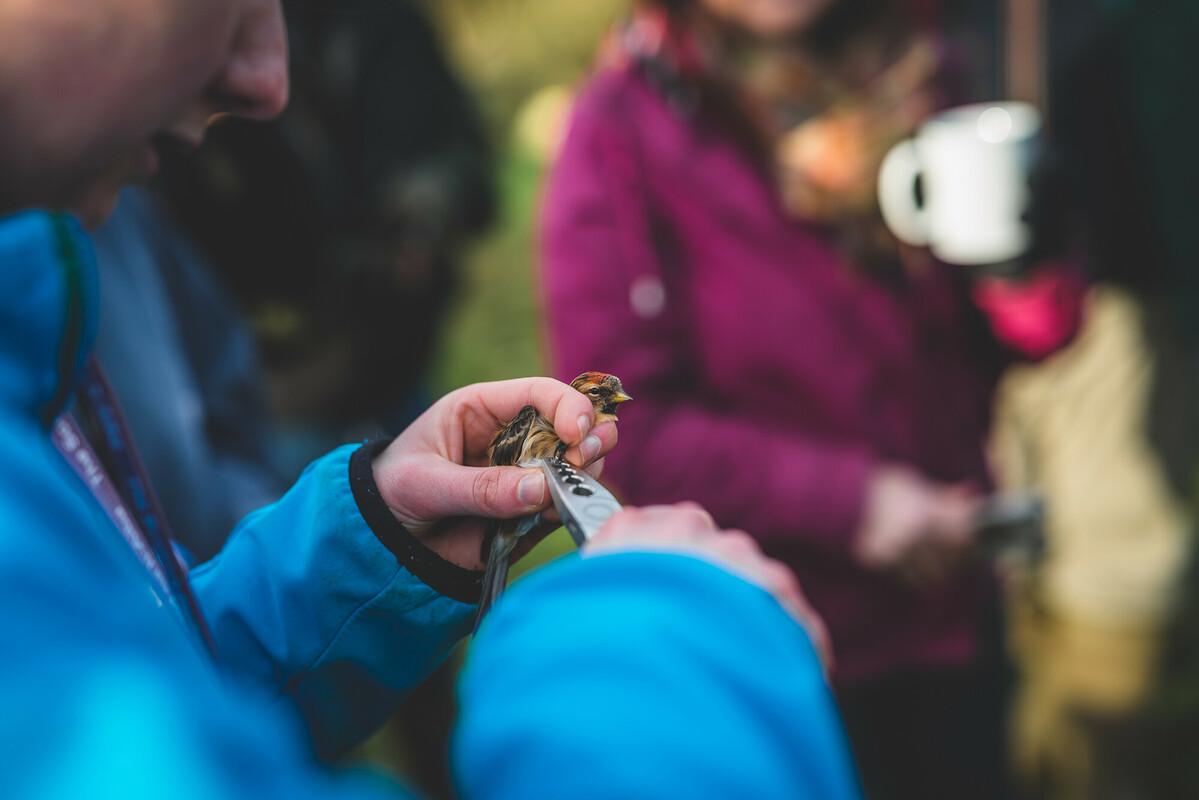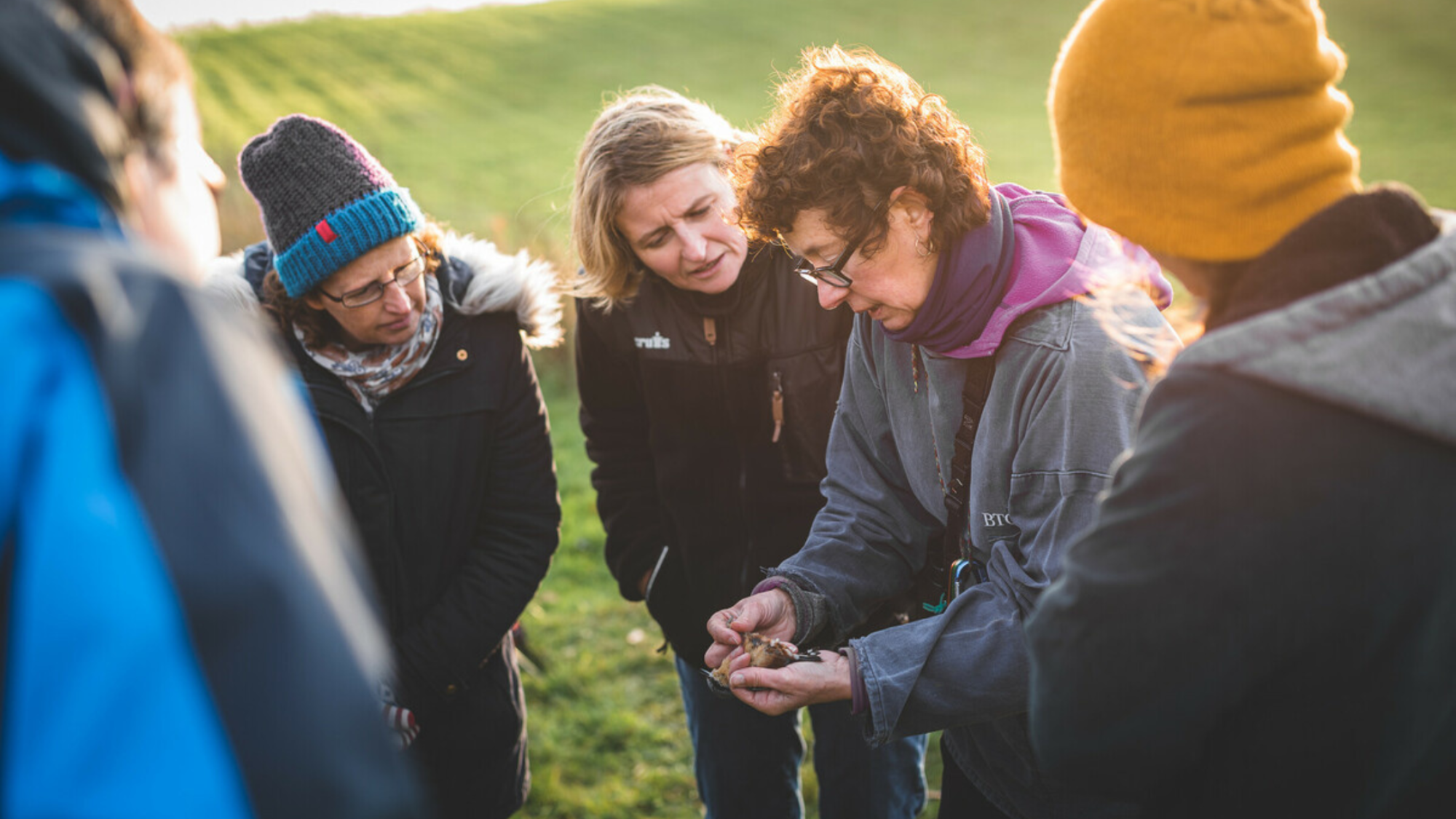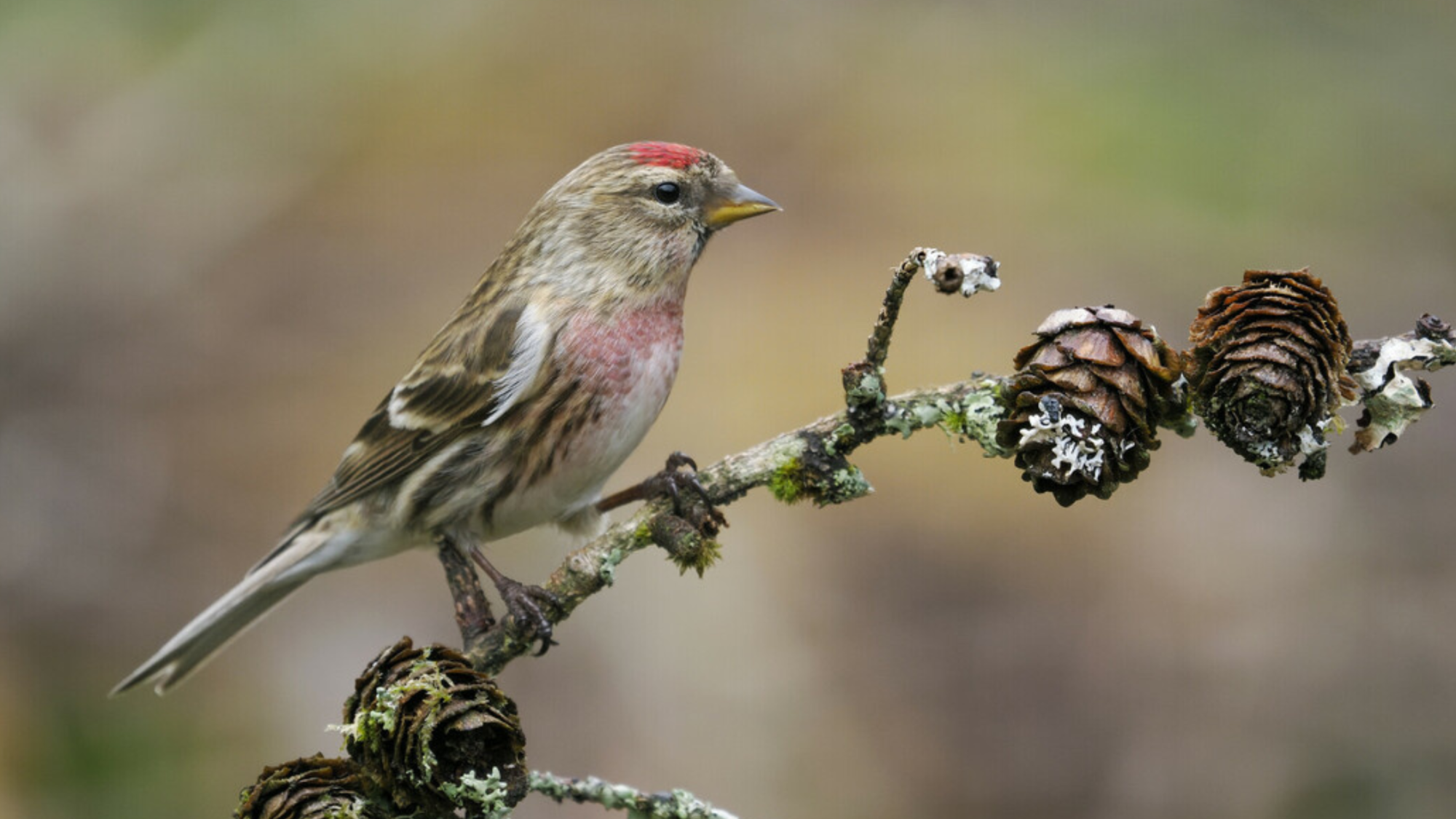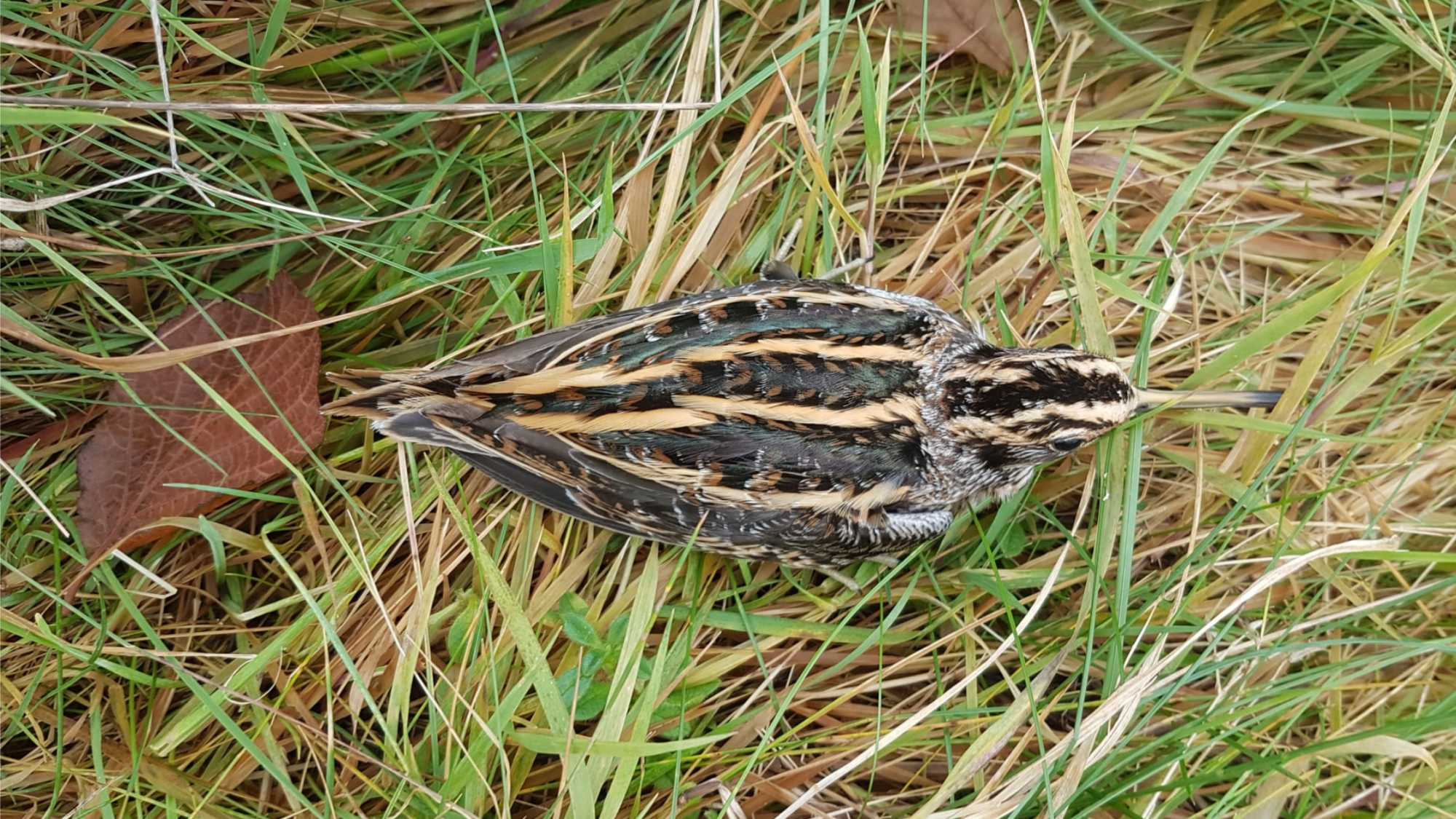
Celebrating milestones with the Redditch Ringing Group
The Redditch Ringing Group (RRG) are a local bird ringing group who have been ringing in the Forest since 2018. As of the end of last year, over 10,000 birds have now been ringed in the Forest (10,556 to be exact) from 52 species!

What is bird ringing?
Bird ringing is a technique that involves catching birds and placing a metal ring with a unique code on their leg, allowing for those individual birds to be identified in the future. Over the decades bird ringing has been practiced, it has greatly increased what we know about a vast number of species by being able to identify individual birds, and track population dynamics and migration in ways which would not be doable by just observing birds.
Most birds ringed in the Forest have been caught in mist nets – long nets made of fine string which birds don’t see and fly into. Other methods of capture include using thermal imaging and dazzling with light to catch some species at night, as well as ringing chicks in the nest.

Five years of recording birds in the Forest
Of the 10,556 birds recorded to date, 12 have been red list species. These are birds which have declined significantly in range and/or abundance. The marsh tit, a red list woodland specialist, requires big woodlands and is caught fairly frequently in the Forest, hopefully helped by the forest we have planted. Another threatened species is the lesser redpoll, a winter visitor to this area of the country. Large numbers are caught in the Forest, probably because of the abundance of birch, whose seeds are its favourite food. Greenfinch are sadly now a red list bird, but we are delighted to state that they are still ringed regularly in the Forest, especially along seed-rich hedges.
In 2023, 2,282 birds from 40 species were captured, nine of which were red list and 12 were amber list species (those which have declined but not as severely as red list species). 1,856 of these birds were newly ringed, 425 were re-traps (ringed within 5km by RRG), and one was a control (ringed elsewhere – a lesser redpoll ringed earlier in 2023 at RSPB Geltsdale in Cumbria).
Four birds ringed in the Forest were found elsewhere in 2023. A great tit ringed in March 2023 was re-caught further east in Warwickshire in May, while three lesser redpolls caught between 2020 and autumn 2023 were re-caught in Nottinghamshire, the Forest of Dean and Sussex.

New species recorded in the Forest
Species not ringed until 2023 include; house sparrow (red list), starling (red list) and pied wagtail. The latter two species were all caught in a reedbed where a wagtail roost was known to be and targeted. 43 pied wagtails were ringed over multiple sessions, with no wagtail caught more than once. It will be interesting to see if the same wagtails use this roost in future years or if they are different birds each winter.
The increased use of thermal imaging and dazzling has resulted in an increase in the ringing of jacksnipe, skylark, wheatear, and woodcock (see table below).

Despite the low numbers of birds being caught using this method, the species caught would only very rarely be caught using mist nets. It has also highlighted particularly good areas in the Forest for species like jacksnipe and woodcock. Notably, most of the wheatear captured using this method were ‘Greenland wheatears’, which breed in Greenland, Iceland, and even northeast Canada!
Helping our feathered friends
The money received from donations goes towards the maintenance and management of habitats within the Forest. Donations allow us to continue to provide a safe haven for birds, mammals, and other much-loved wildlife.



